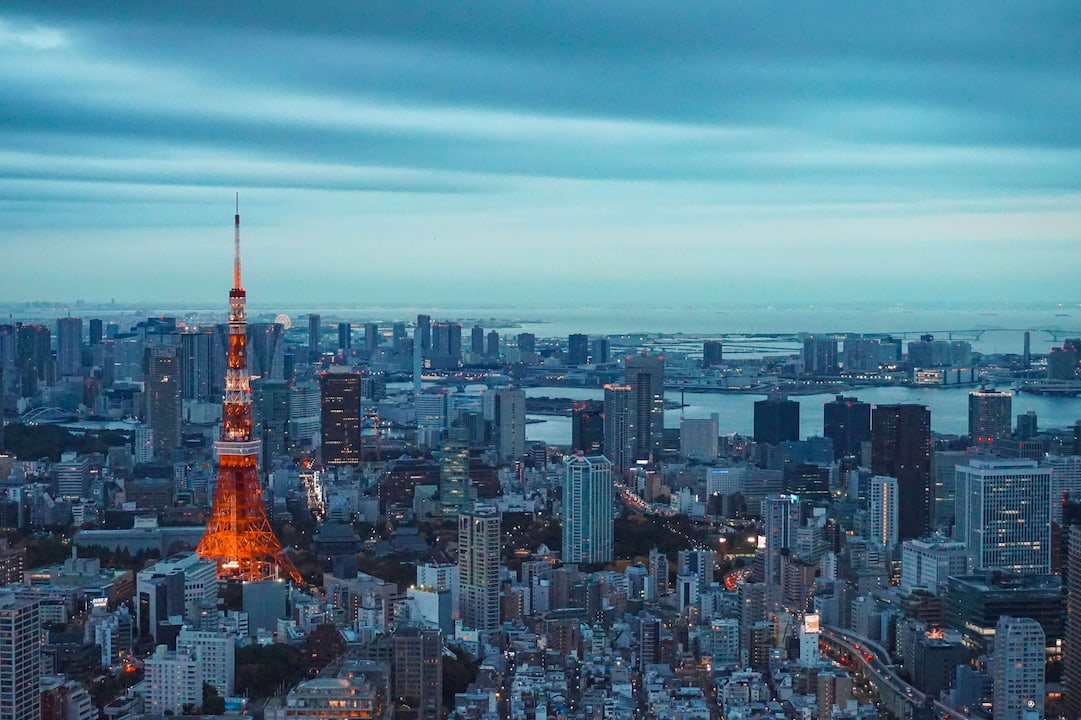Have you ever got in an emergency in Japan? Most of people live here did, and here is how you’ll do to prepare for it.
What is an emergency?
In Japan it’s various. Living in Japan you can experience from Typhoons, Floods to Volcanic eruptions Earthquakes, and Tsunamis.
Earthquakes occur quite frequently as Japan is sitting directly on the “Ring of Fire”. The 9.1M 2011 Tohoku earthquake occurred, brought with it a tsunami afterward that brought destruction upon the Fukushima Daiichi Nuclear Power Plant, caused thousand of death, injured and missing.
What will happen when an emergency occurs?
The first thing you know is that you will receive a notification on your phone from the government. Even though the sound is quite scary, but stay calm, as it will help you go through the situation.
Depending on different situation that you have different ways to fence.
When the disasters started:
- If you are in an earthquake, run and hide under the strongest structure, like a table, under the doorway (that have a beam above)
- In the case of Typhoon, protect your window with cardboard and duct tape.
- In the case of Flood and Tsunami, move to the higher ground as soon as possible.
During the disaters:
- In case of an earthquake, after the first wave, grab your emergency bag, IDs. Try to turn off the gas if possible
- Move out of your house to the evacuated area.
- In the case of Tsunami, Typhoon, and Flood, if you cannot reach the evacuation area, try to move to a higher area as fast as you can.
If you get stuck:
Call these number in case of emergency: dial 171 to disater emergency or
- 110 to The Police
- 119 to Fire and Ambulance
- 118 to Coast Guard
Always keep update to your location over internet if possible.
Prevention better than cure, what can you do to prepare for these situations?
An emergency bag, packed with water, dry food, emergency kit for 3 days to a week.
This preparation is very common in the Japanese household, and people who are living in Japan. You might find it new but very useful. The bag should contain but not limited to:
Drinking water Non-perishable food Flashlight Radio (with batteries) Mobile phone chargers and power banks Lighter Gloves Underwear and socks Towels Wet tissues Plastic bags Pens and a notepad A photocopy of your passport and residence card
Check with your local ward office for evacuation area.
Each ward has a designated location for evacuation, such as the high ground parks, schools, stadiums, etc that can be used in case of emergency. You will find a map at any ward office, so be sure to check it out when you settled down.
While you are living or visiting Japan, these are useful word in case of natural disaster emergency:
- Earthquake 地震 jishin
- Mainshock 本震 honshin
- Aftershock 余震 yoshin
- Tsunami 津波 tsunami
- Avalanche 雪崩 nadare
- Volcanic Eruption 噴火 funka
- Flood 洪水 kouzui
- High Ground 高台 takadai
- Typhoon 台風 taifu
Resource of Information:
NTT Disaster Emergency Information
NTT Disaster Message Board


